
|
|
|
|
|
| Image 1: Visualize modern versions of medieval castles that are surrounded by gardens, parks, creeks, and lakes. Hundreds of people live in each castle. The castles are connected by bicycle paths, walkways, and underground transportation lines. There are small farms and greenhouses around the castles, but most farms are at the edge of the city. |

| Photo 2: (Skibo Castle). The castles have homes, restaurants, food markets, schools for young children, and simple medical and dental facilities. It would be a small community. |
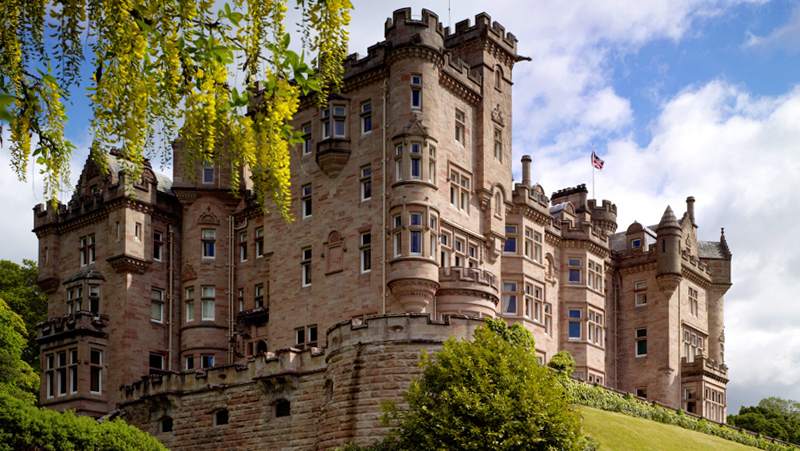
| Photo 3: (the Biltmore estate) In order to provide homes for hundreds of families, the castles in these photographs would have to be repeated over and over, such as forming an oval around a large courtyard, or weaving around in a serpentine path. |
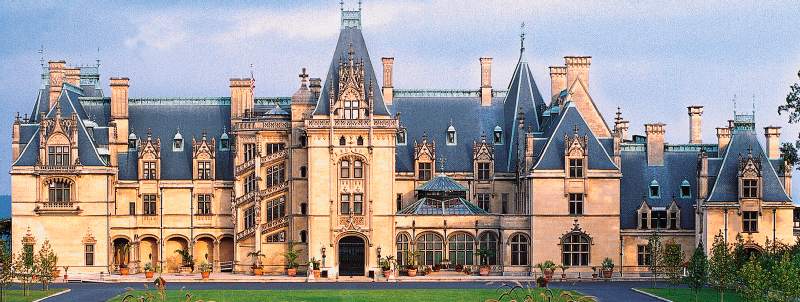
| Photo 4: (Updown Court). Don't visualize crude, medieval castles, or modern, ugly, rectangular apartment buildings when you visualize housing for hundreds of families. The human race has the talent and resources to design beautiful structures, beautiful walkways, and beautiful gardens. |
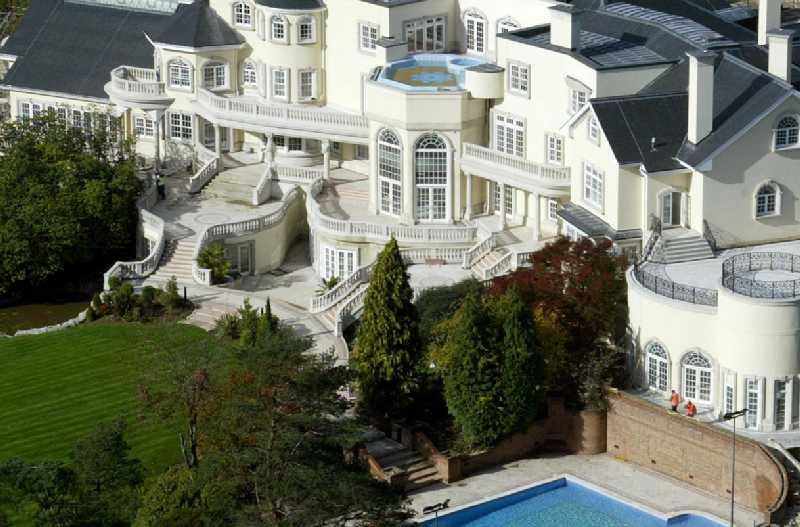
| Photo 5: (a building in Germany). The castles would be connected to other buildings by underground transportation systems so that the land area is available for people. The underground areas could be beautiful, and so could all of the factories, warehouses, and other buildings in the city. Humans have the talent and resources to make beautiful cities; all we need is better leadership in our governments, media, businesses, and schools. |
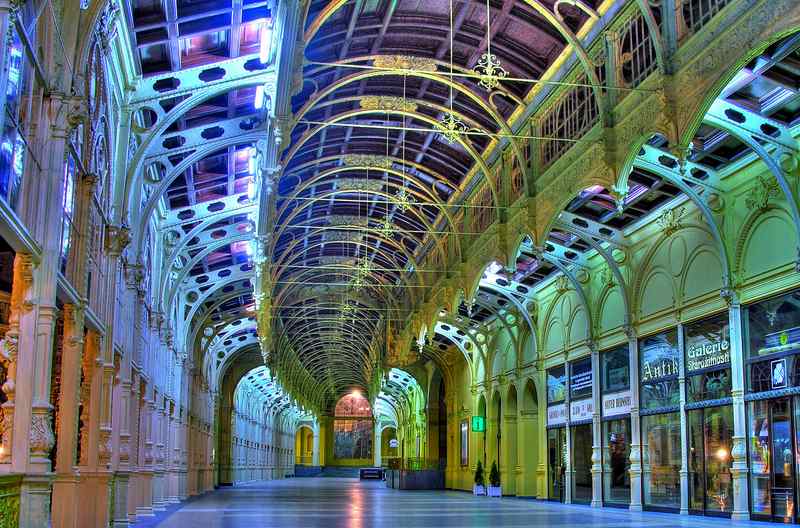
| Photos 6a - 6c: Trains can be quiet, beautiful... and completely automated. |
|
| Photo 7: (The roof of the Royal Greenhouses of Laeken. A different style roof is at the Grand Palais in Paris). |
|
| Photo 8: The homes within the castle would be like rooms in a luxury hotel or a cruise ship. They would have bedrooms, bathrooms, and living rooms, but no kitchens, dining rooms, garages, or laundry rooms. |
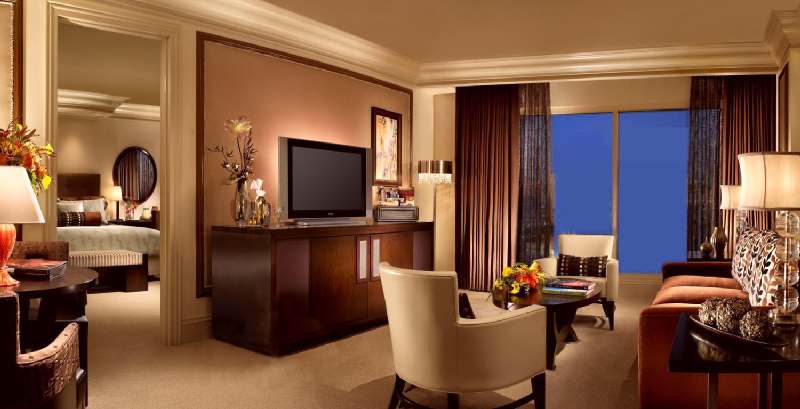
| Photo 9: The castles would shift resources away from private kitchens and dining rooms and over to public areas, such as lounges, restaurants, meeting rooms for clubs, and areas for teenagers and children to socialize. |
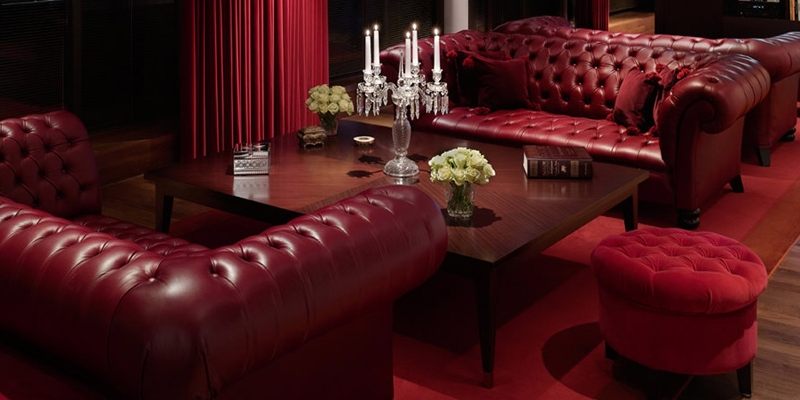
| Photos 10a to 10d. The public areas of the castle would be decorated in different styles, and children would have their own areas. |
|
| Photo 11: (A robot from the TWENDY-ONE project carrying a tray of food.) |
|
| Photo 12: (property from luxuryrealestate.com) |
|
| Photo 13: (scholz.us). Instead of producing lots of low-cost swimming pools for individual families, the labor and resources could be used to create much more decorative pools and Jacuzzis for the community. |
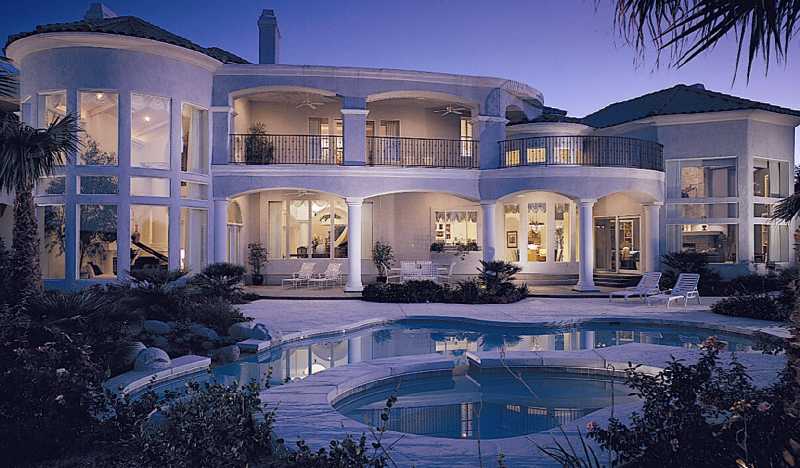
| Photo 14: A dining area where there are plenty of tables for just two people, and they are near the windows so they have a nice view of the garden. |
|
| Photo 15: (The Royal Greenhouses of Laeken). The philosophy behind designing a castle with beautiful courtyards is to encourage people to get out of their house and get together with other people to take walks in the garden, or to have meals, or socialize, or have serious discussions. Mothers with babies and young children would especially benefit since they would spend most of their time in their castle rather than in the city. And it would be an especially safe and pleasant environment for children to grow up in. |
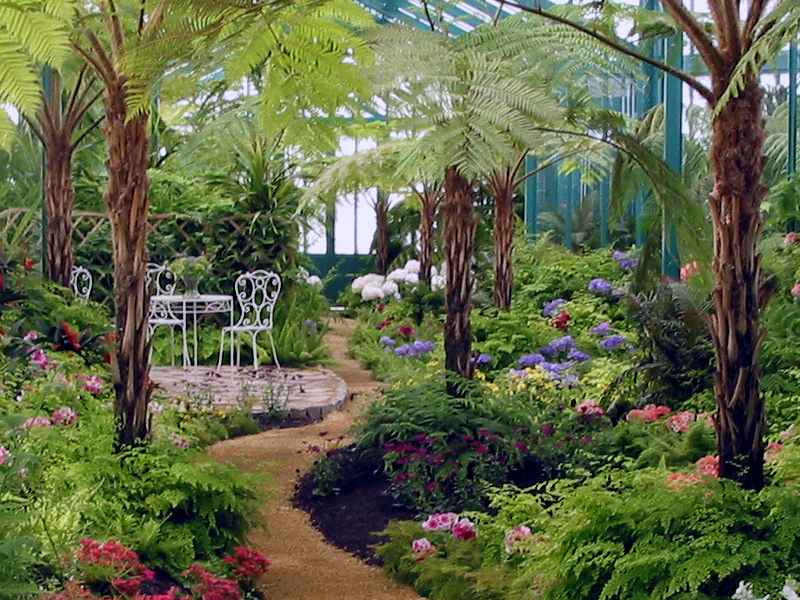
|
Important message:
Help counteract the propaganda!
Free videos at my site:
HugeQuestions.com